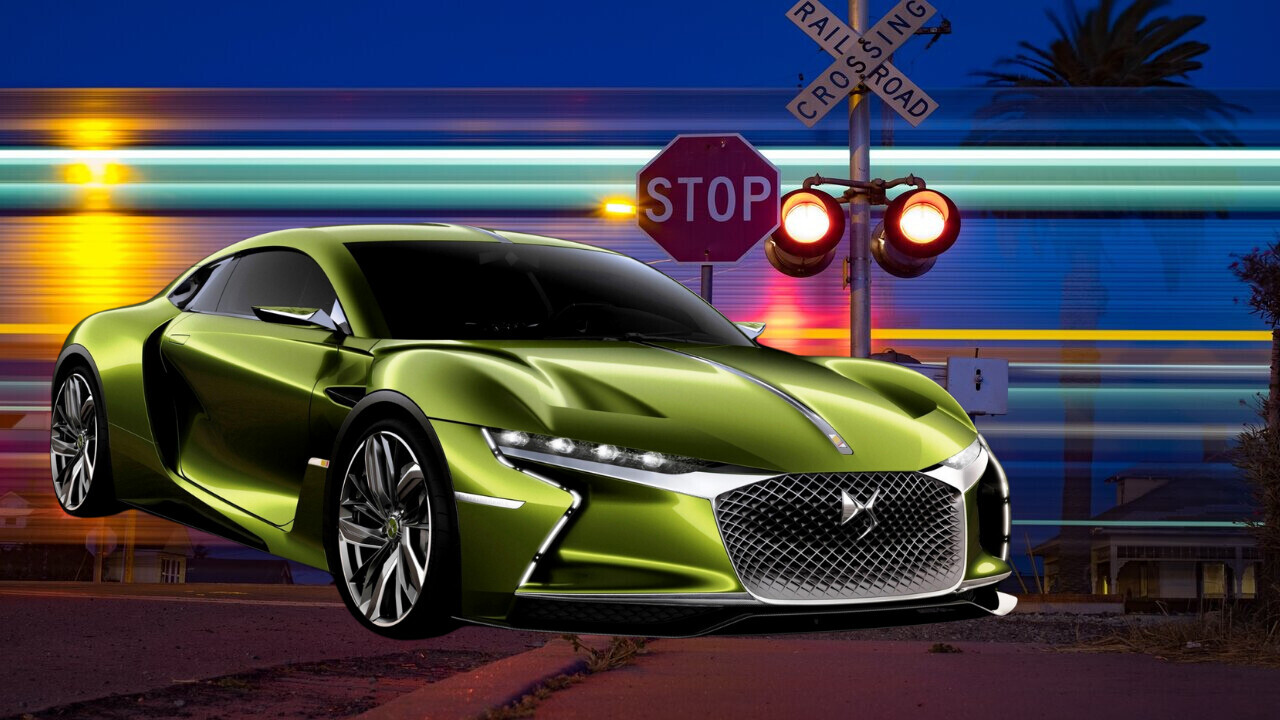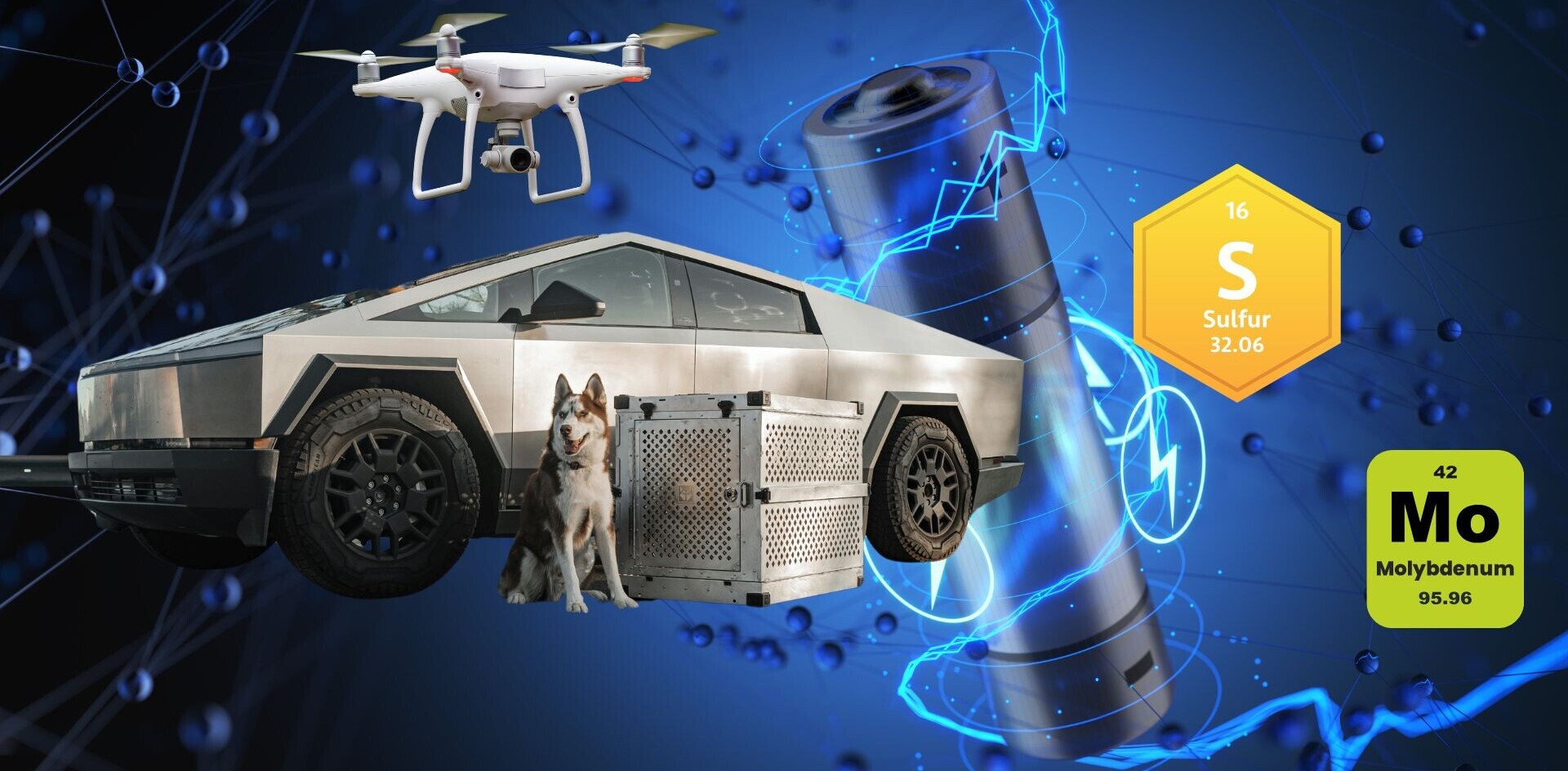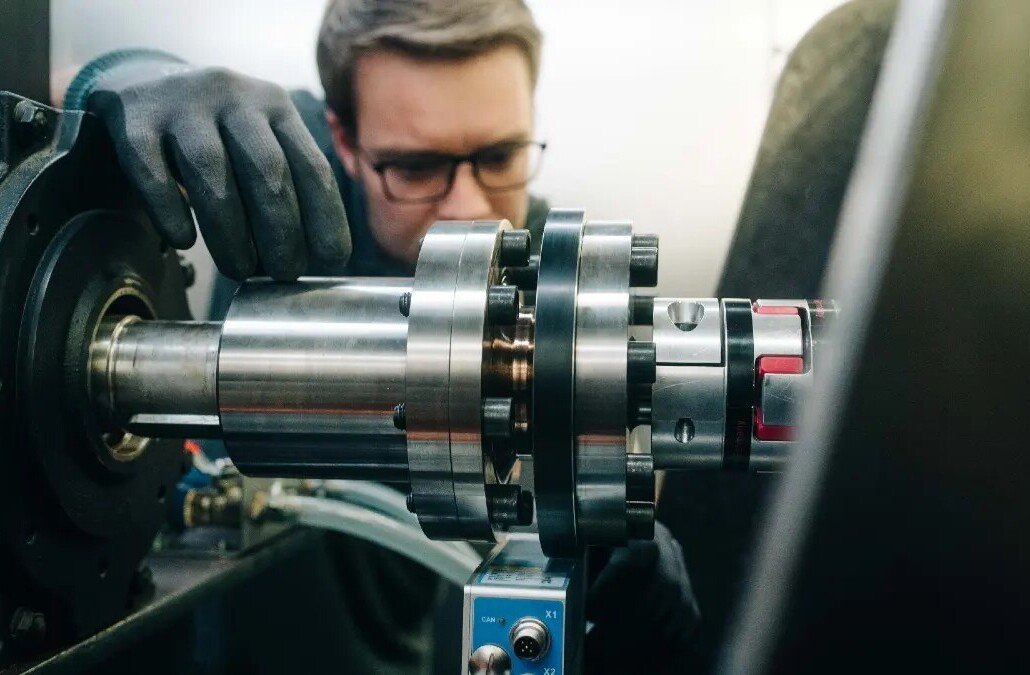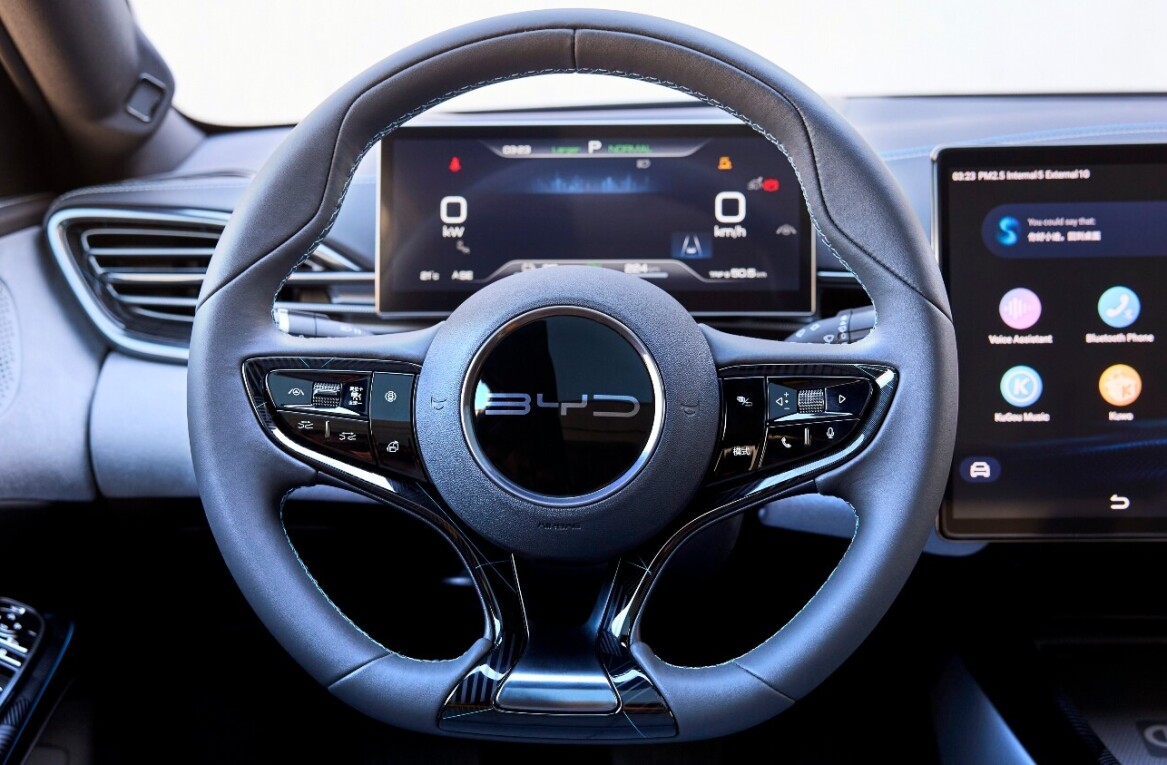
Cars are getting streamlined and minimalist. We’ve seen approval for vehicles without a steering wheel or pedals in the effort to make cars with increased autonomous capabilities. But now, automakers have designed a car without conventional brake discs — and it’s all part of a bigger effort to reduce carbon emissions.
Over the weekend, French carmaker DS Automobiles, the luxury arm of Citroen, launched a prototype of the DS E-TENSE, which uses only electric regenerative brakes.
How does regenerative braking work?

Just a quick refresher. In traditional braking, stepping on a vehicle’s brake pedal causes the discs and brake pads to create kinetic energy. In ICEs this kinetic energy is released into the air.
But with EVs, you can deaccelerate (take your foot off the acceleration pedal), which enables the car to come to a complete stop without touching the brake pedal. During this action, the flow of electricity from the battery to the motor stops. However, the rotor still turns along with the wheels. This enables the motor to act as a generator, creating electricity to recharge the vehicle’s battery.
Currently, all hybrid and electric car braking systems come with backup friction disc brakes. They are poised to operate when regenerative brakes do not provide enough power to stop the car, such as during an emergency stop.
Are cars without disc brakes the future of EVs?
The DS E-TENSE PERFORMANCE is built without disc brakes. Instead, it uses two onboard electric motors to slow the vehicle entirely through regenerative braking, up to 600kW.
It’s all part of exploration by DS into whether “regenerative braking alone could eventually be the sole method to slow cars down, helping to better recharge the battery in the process, and doing away with conventional brake discs and pads.”
What are the benefits of a car with only regenerative braking?
Even in its combined form, regenerative braking makes the car more efficient by producing energy every time the car brakes.
But a car without rear friction brakes would be a massive boon to environmental efforts to reduce air pollution for general consumers.

According to researchers, up to 55% of roadside traffic pollution comes from non-exhaust particles. Of this, around 20% comes from brake dust. This is significant as most people think of exhaust emissions when they think of cars causing pollution.
Brake dust is made of iron particles. It’s caused by friction between the iron brake rotor grinding on the brake pads when a vehicle slows down. This brake dust then wears away and becomes airborne. This has a significant impact on the respiratory health of people heavily exposed to brake dust, such as those living in high-traffic areas.
Many vehicles, including electric ones, contain harmful metallic components in the clutch, engine, and brakes.
But regenerative braking is not the only thing vehicle makers are focusing on.
Earlier this year, Fortescue Future Industries and Williams Advanced Engineering (WAE) announced the development of a world-first, zero-emission “Infinity Train” for carrying heavy loads.
The Infinity Train will use gravitational energy to recharge its battery-electric systems fully. It means there’s no charging needed for the return trip to reload.
In other words, the train will recharge the battery using gravity from the extremely heavy iron ore it transports. Then, it can return home without the need for manual recharging.
So there we have it, two seemingly unexpected sources for the future of regenerative braking: racing cars and heavy-haul trains. If successful, this R&D can advance the sustainability goals of transport as a whole. Exciting stuff.
Get the TNW newsletter
Get the most important tech news in your inbox each week.





